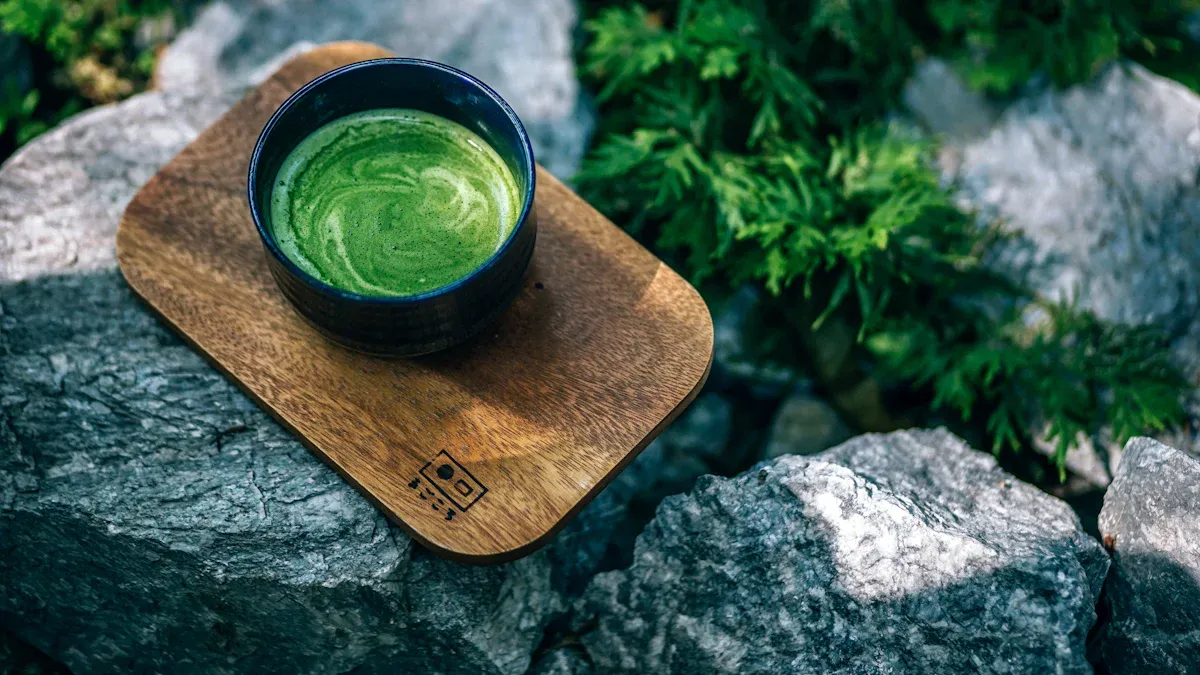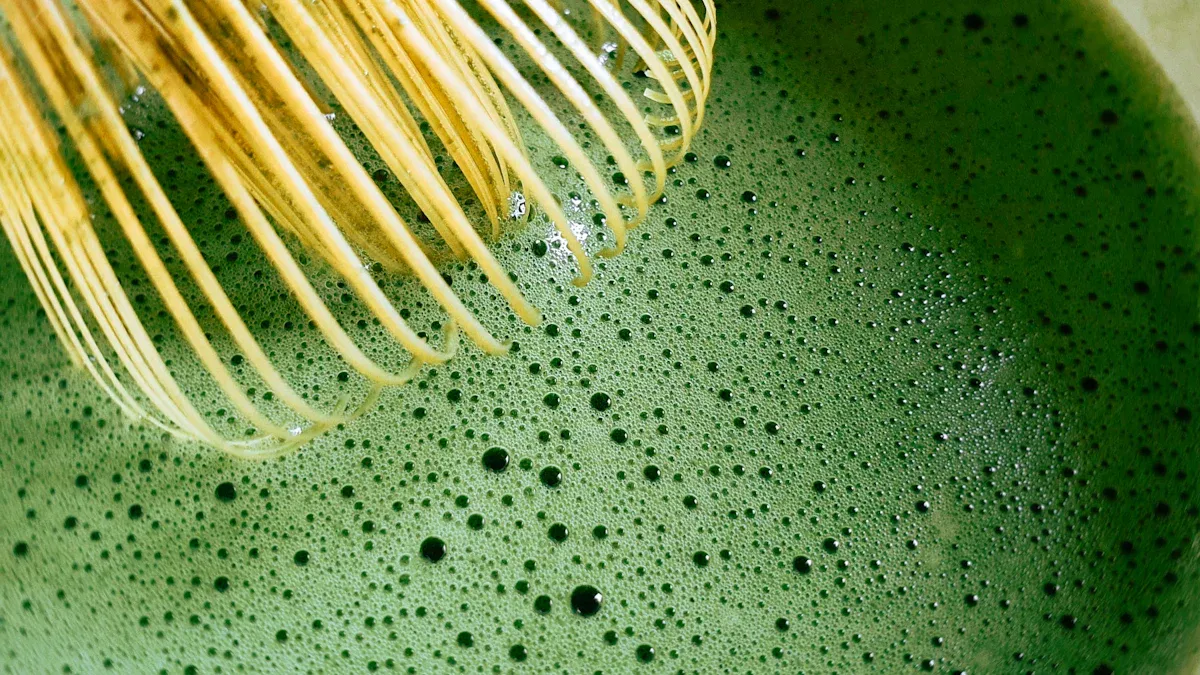
What is Matcha? | Everything You Need to Know
Are you searching for matcha tea what is or curious about matcha benefits? You’re not alone! This comprehensive guide will reveal everything you need to know about matcha tea, from its ancient Chinese origins to modern health advantages, and why Leafmill Matcha stands out as your premium matcha source.
Matcha Tea: What Is It?

Matcha tea is a finely ground green tea powder made by stone-grinding shade-grown tea leaves. Unlike regular teas, where you steep and discard the leaves, with matcha you consume the entire leaf. This delivers a richer taste, vibrant green color, and more nutrients in every cup.
The Origins of Matcha: Proudly Rooted in China

Did you know that matcha tea actually originated in China? The earliest form of powdered tea dates back to the Tang Dynasty (7th–10th centuries), when tea was steamed, pressed, and sometimes ground into powder for drinking. This tradition flourished during the Song Dynasty (10th–13th centuries) with “dian cha” (点茶)—whisking powdered tea in a bowl, very similar to how matcha is prepared today.
In the 12th century, Zen monks brought this tea tradition from China to Japan. While the ritual faded in China over time, it was preserved and ritualized in Japan as the core of the Japanese tea ceremony. Today, matcha’s worldwide popularity is rooted in this ancient Chinese invention and perfected through Japanese artistry.
Learn more about matcha’s history on Wikipedia
How Is Matcha Made?

-
Shading: Tea plants are covered for several weeks before harvest to increase chlorophyll and amino acids.
-
Hand-Picking: Only the youngest, most tender leaves are selected.
-
Steaming & Drying: Leaves are quickly steamed and then air-dried to preserve freshness.
-
Stone Grinding: Leaves are carefully ground into an ultra-fine, vibrant green powder.

This careful process preserves nutrients and creates the signature smooth texture of high-quality matcha.
Matcha Benefits: Why Choose Matcha Tea?
|
Health Benefit |
Key Compounds |
How It Works |
|---|---|---|
|
Antioxidant Defense |
EGCG, Vitamin C |
Neutralizes free radicals, lowers oxidative stress |
|
Fat Metabolism |
Catechins |
Reduces abdominal fat, improves blood pressure, supports weight management |
|
Heart Health |
EGCG, Rutin |
Lowers LDL cholesterol, raises HDL, improves blood vessel function |
|
Anti-inflammatory |
EGCG |
Inhibits pro-inflammatory markers, supports immune health |
|
Skin Protection |
Catechins |
Reduces UV damage, boosts collagen, improves skin appearance |
When people search for “matcha tea what is” and “matcha benefits,” they want to know what makes matcha so unique and healthy. Here are the top matcha benefits backed by research:
-
Powerful Antioxidants: Matcha is rich in EGCG and other catechins that help neutralize free radicals and protect cell health.
-
Natural Energy Boost: The combination of caffeine and L-theanine in matcha provides balanced, focused energy without jitters.
-
Supports Metabolism: Studies show matcha may enhance fat burning and assist with weight management.
-
Promotes Focus and Relaxation: L-theanine encourages calm, clear thinking—perfect for study, meditation, or a busy workday.
How to Prepare and Enjoy Matcha Tea

-
Sift 1–2 teaspoons of matcha powder into a bowl.
-
Add 60–80ml (2–3 oz) of hot water (not boiling, about 175°F/80°C).
-
Whisk briskly with a bamboo whisk until frothy.
-
Enjoy pure, or add milk for a creamy matcha latte!
Matcha is also delicious in smoothies, baked goods, and even savory recipes.
Why Leafmill Matcha?
At Leafmill Matcha, we are committed to delivering authentic, premium ceremonial-grade matcha sourced from high mountain tea gardens. Our matcha is stone-ground to 3000 mesh for a naturally sweet, smooth, and vibrant cup—no bitterness, just pure green goodness.
Experience the real matcha difference.
Explore our matcha collection and elevate your daily tea ritual.
Frequently Asked Questions

Is matcha tea the same as regular green tea?
Matcha is a special type of green tea—because you consume the whole leaf, you get more nutrients and antioxidants.
Can I use matcha in recipes?
Yes! Matcha is perfect for lattes, smoothies, desserts, and savory dishes.


